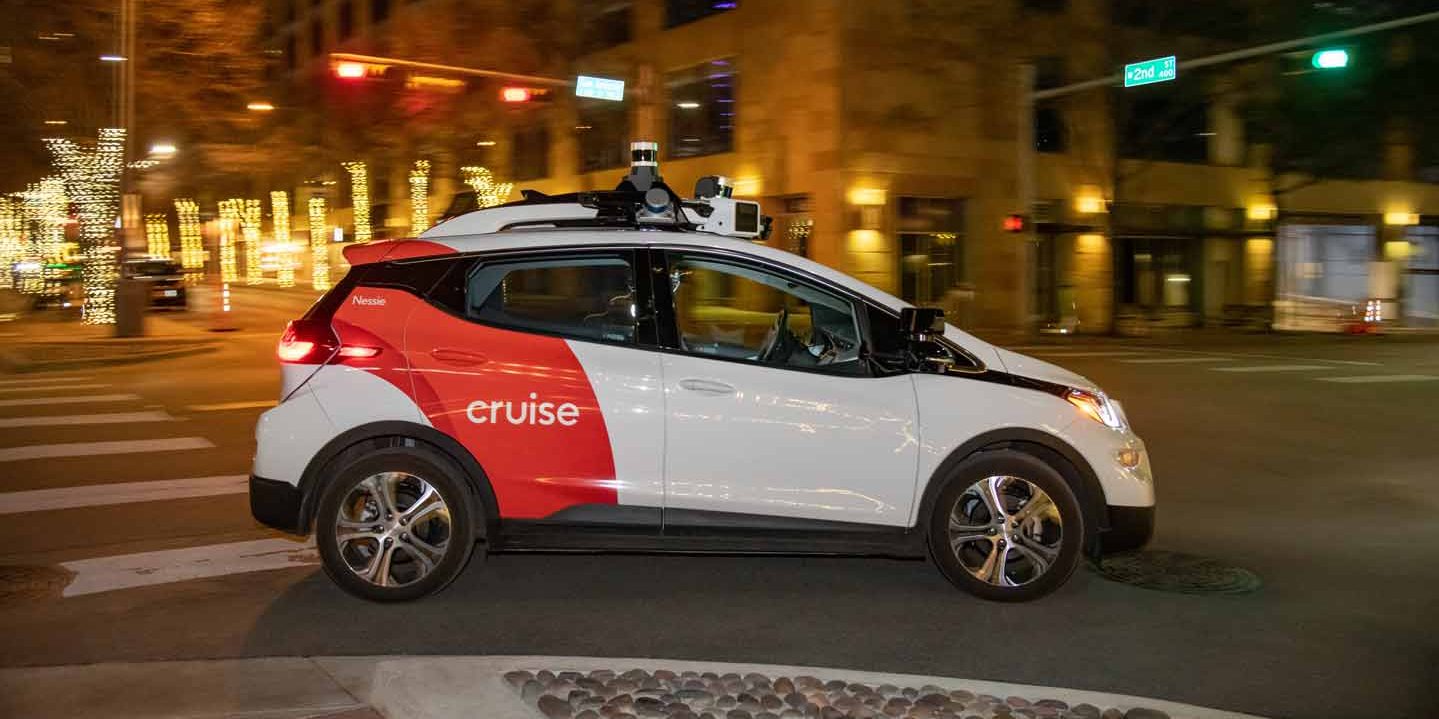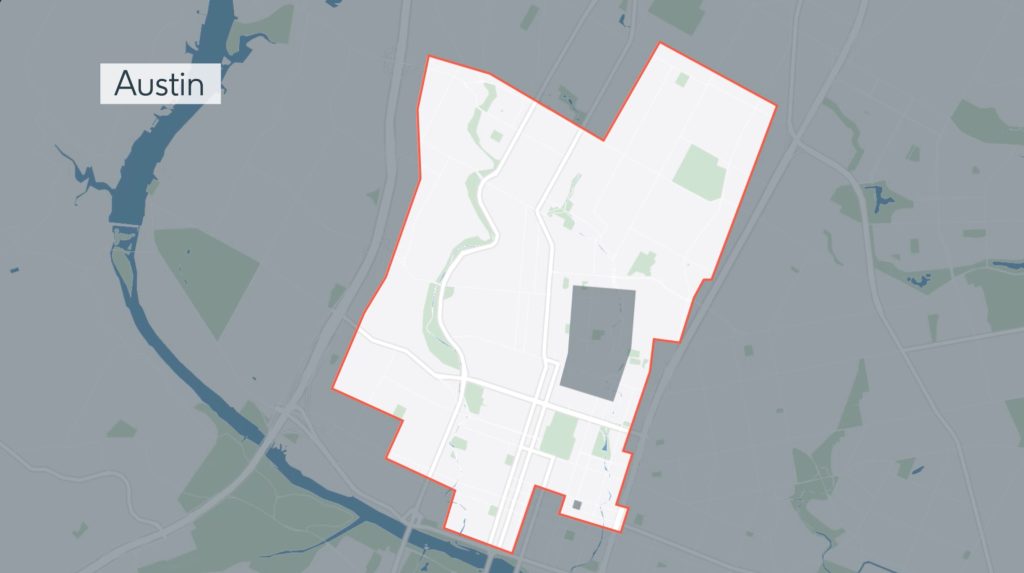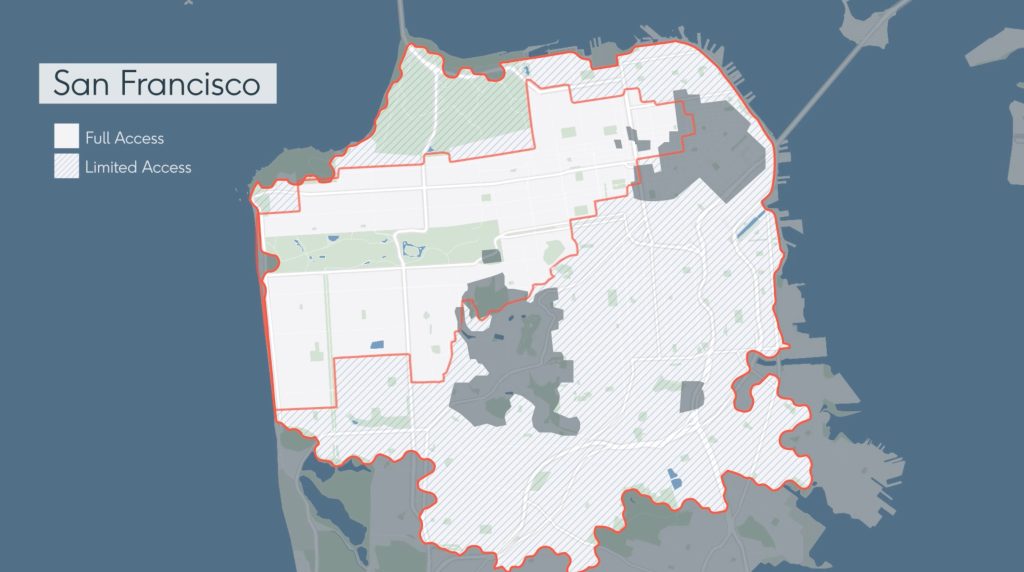
GM’s Cruise autonomous taxi service has started taking driverless taxi rides in downtown Austin, Texas. It’s a shot across the bow of Tesla, now headquartered just outside of Austin, which has been promising self-driving robotaxis for years now, but keeps pushing them back.
Cruise has been operating a free driverless taxi service in San Francisco since earlier this year, and even started taking paid fares in June. In doing so, it beat its rival, Google’s Waymo, to the punch.
It also beat Tesla to that same goal, which has been talking about autonomous robotaxis (which they used to call “Tesla Network”) for over six years. Tesla CEO Elon Musk said “Tesla will have 1 million robotaxis on the road by the end of the year,” but later changed that goal to 1 million people in FSD beta.
We got our first real-life glimpse of Cruise’s Austin service in a 7-minute video posted to Twitter last night, which you can watch embedded below:
Cruise’s Austin service is not completely open to the public yet. It’s currently restricted to “friends & family” of Cruise employees, though they are taking actual paid rides, instead of launching with free rides first as they did in San Francisco. You can sign up to get on Cruise’s waitlist here, for when they decide to open up availability further.
Along with service in Austin, Cruise also started service in Phoenix this week. Phoenix is notable because, like Austin, one of Cruise’s competitors has already set up shop there. Waymo has been offering rides to the public in Phoenix since earlier this year, and has previously done some testing in Austin. Waymo also recently started offering airport trips in Phoenix.
This completes Cruise’s goal of having autonomous taxis running in three cities by the end of this year. Prior to now, they had only operated in San Francisco.
Cruise’s service has not been without its problems, though. Early this year one of their cars got pulled over by the police and then “bolted” off, and just last week the NHTSA opened an investigation into Cruise’s vehicles causing accidents, stopping abruptly and blocking roadways.
And these autonomous rides are still quite limited. Cruise and Waymo’s strategy differs from Tesla in that both companies are limiting their vehicles to lower-speed, geofenced areas that have been mapped out ahead of time. Service is also limited to 10 p.m. – 5:30 a.m. Wed-Sun, when streets tend to have fewer drivers and pedestrians, and thus self-driving problems are simpler. Here are some images showing Cruise’s coverage areas:



This allows programmers to focus on a more limited set of circumstances, and limit damage in case anything goes wrong, as there are fewer people and objects on the road to cause trouble for if the driverless car has a problem.
But Cruise says that focusing on these similar areas helped them to get their Austin project off the ground quickly. It only took 90 days for them to go from zero mapping to fully autonomous service in Austin, an impressively fast timeline.
Tesla’s focus is on generalized self-driving, rather than being limited to certain areas. This is a much harder problem to solve, because different areas have different road types, signs, rules, driver behaviors, and so on.
Tesla does have a significant lead in some ways – its data collection far outpaces other automakers, for example. But CEO Musk has also been promising various self-driving milestones “by the end of this year” for almost a decade now, and these promises have never panned out. His language around these promises has been changing, but FSD still isn’t living up to expectations.
It’s clearly a complex problem, but Cruise’s shot across Tesla’s – and Waymo’s – bow is a big flex, showing that they consider their autonomous abilities on par with, or better than, their two biggest competitors.
Now we wonder – where will Cruise go next? Maybe Los Angeles, like Waymo recently announced?
FTC: We use income earning auto affiliate links. More.





Comments